When talking about user experience we need to address a simple but fundamental misunderstanding and one of the most pervasive UX myths.
It is often assumed that user experience means the same as ‘design’, while UX does not even begin with design, but with an understanding that enables the design process to start.
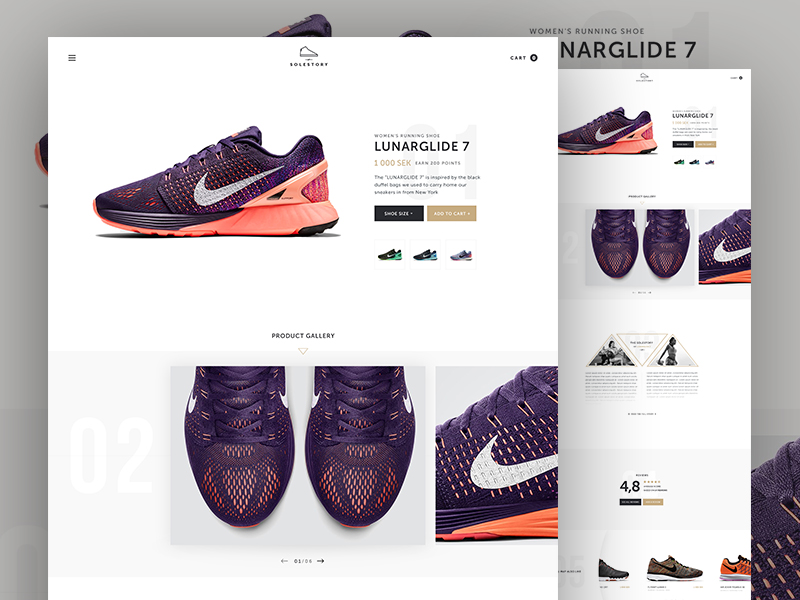
Image source: Jesper Westlund
Once you are a ‘user’ or a ‘visitor’, you must first be considered as an external entity.
The user is essential for creating and planning a project that provides an encounter with the web product that reaches or surpasses predictions.
The emphasis of UX, therefore, is on user encounters – how users think and communicate when engaging with a service or product, how that product improves their existence, how it changes their actions, and how it alters their perceptions.
User Experience
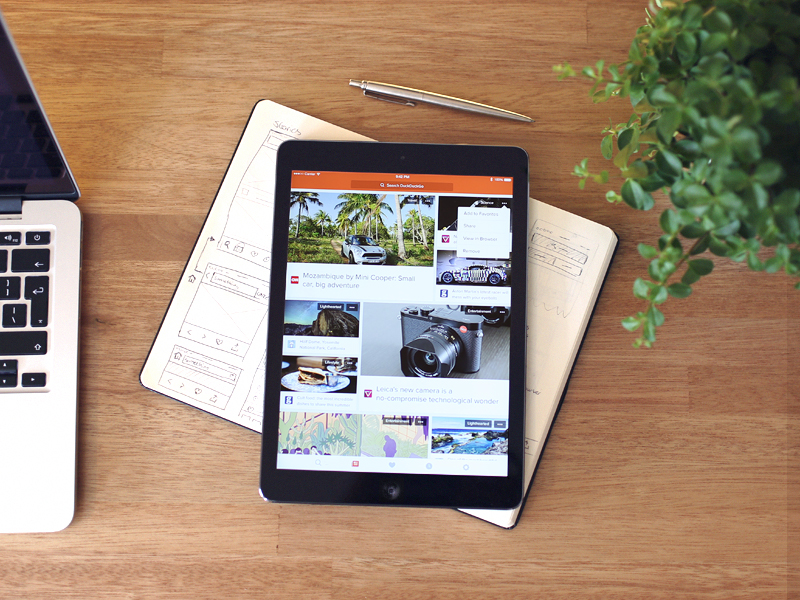
Image source: Thom
The term ‘experience’ refers to the ‘understanding derived from numerous tests’, while user experience entails watching, examining, and engaging with visitors.
This is why active involvement from users is a vital part of planning, dreaming, ideating, and putting together a service or product that solves a problem or bridges the gulf of an unanswered challenge. The user is the key component driving and creating the methods, plans, and implementation of UX designs.
Thus, effective UX features a cohesive and well-rounded awareness and an all-encompassing perception of the customer base. This perception should relate to their actions, predictions, ambitions, requirements, and cognitive preferences.
To put it simply, UX relies on data from research, product analysis, real-life encounters, focus meetings, ethnographic information, and statistics. A powerful UX venture begins and closes with this kind of data and is defined by a consistent and valuable engagement with users.
Master the art of user experience with these essential UX resources.
The Hassenzahl Principle
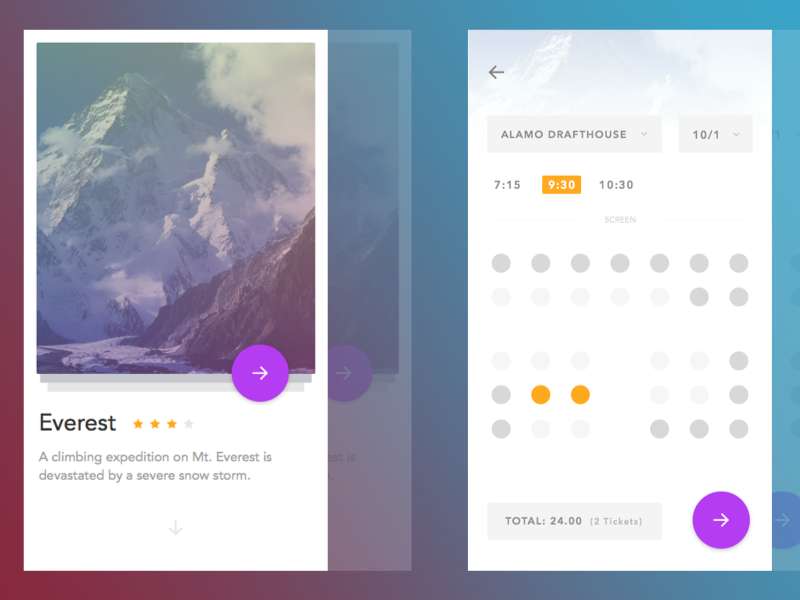
Image source: JoJo Marion
There are different frameworks for UX and several are structured around the Hassenzahl Principle. This presumes that users attach some characteristics to a product or service as they engage with it. These characteristics are specific to every individual user.
Therefore, UX can be regarded as the result of these characteristics, alongside the scenario in which the product is engaged with. These can be split into four key-classifications:
- Manipulation
- Identification
- Stimulation
- Evocation
These classifications can also be sorted into pragmatic and hedonic features. Whilst ‘pragmatic’ refers to practical engagement and intention, ‘hedonic’ refers to the mental satisfaction and fulfillment of the user.
In many ways, getting to grips with this distinction is the key to an awareness of how products can be created with UX principles in mind. It also makes it clear why UX, as a concept, cannot be independently created.
UX is not Usability
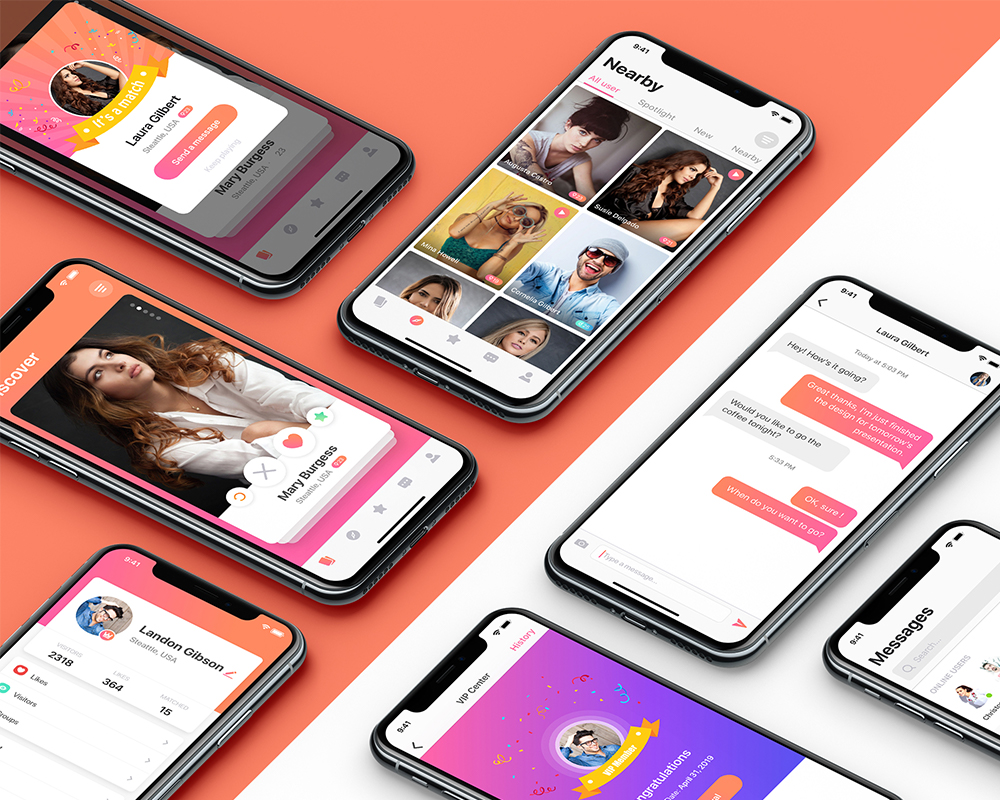
Remember, UX design does not mean usability.
This is because creating for UX involves much more than simply guaranteeing that a product can be used. While ‘usability’ enables individuals to fulfill their objectives, UX actually does a lot more; it provides a valuable and enjoyable encounter.
The finest designs are pleasing, carefully constructed, make the user feel good, and allow individuals to engage fully.
The User is a Wildcard
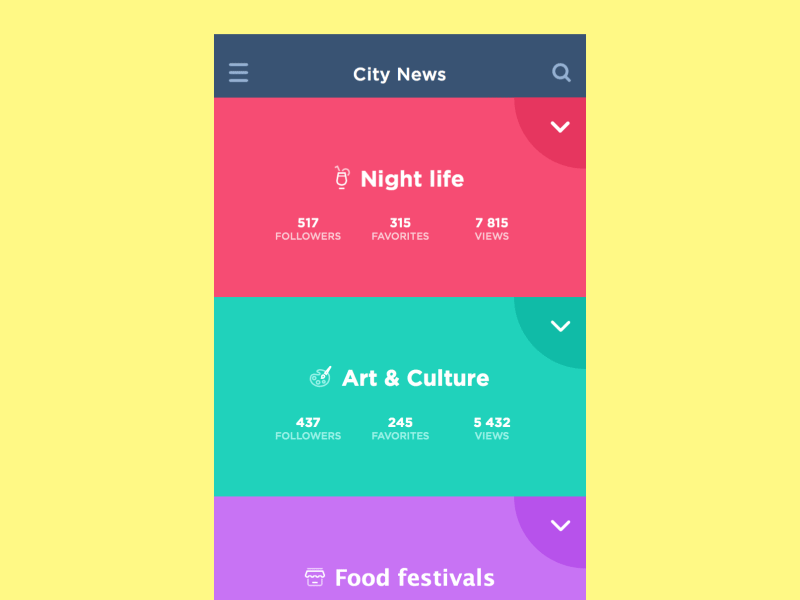
Image source: Ludmila Shevchenko
You cannot plan specifically for a particular user, because they are all unique. There are some who find it very straightforward to navigate around the internet, while others are not so technologically deft.
The degree of enjoyment offered by a product depends on the encounters of the individual with similar services or objects. Moreover, all users follow unique objectives and engage with a product in singular ways.
It’s like going out to dinner – the vast majority of people contrast the encounter with others that they have had and these past encounters define their ‘experience.’ The same rules apply to software, website design, games, and apps.
UX Does Not Equal Design
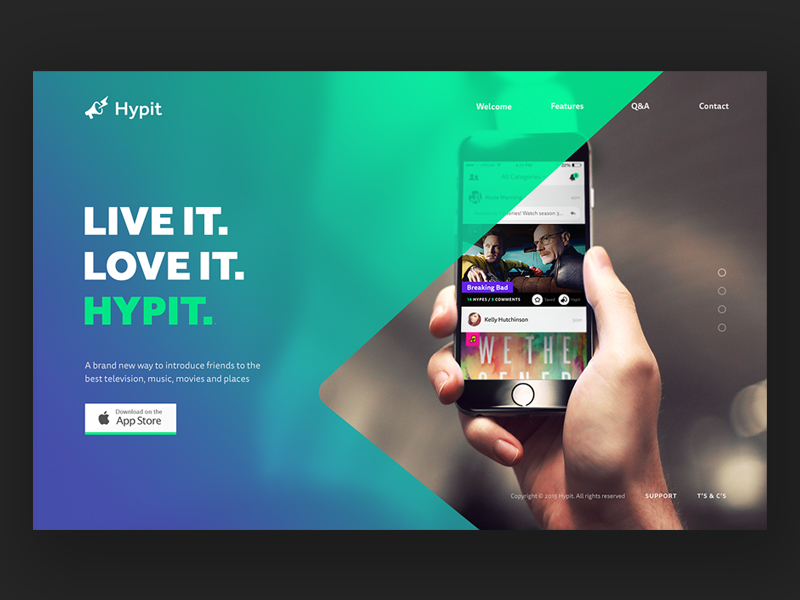
Image source: Rosie Manning
The term ‘design’ refers to a product or service based method, which has the power to maintain a certain level of interest and intrigue for users.
Yet, UX is not design. It is entirely concerned with form – not just in terms of the job which a product carries out, but also in what regards the engagement between product and user and the encounter subsequently provided.
Creating for UX

Image source: Angela C ⋅ Toffeenut Design
In order to create for UX, you first have to have an insight into what it means.
For instance, you need to be aware of which factors are likely to have users thinking that a product is beneficial and valuable to them. Fortunately, the Hassenzahl principle is helpful here.
Defining Users and Fulfilling Goals

Image source: Aaron Brako
It is also essential that you know who your users are and what they want. Here, conventional approaches can be used – questionnaires, focus group sessions, and observation techniques.
Lastly, it is vital to provide users with what they desire – and more than this, if possible. Aside from helping them to engage with what you offer successfully and powerfully, you also want to leave them thinking ‘I love this website’ or ‘what a clever design!’
In other words, you should surpass what they expect to receive.
Conclusion

Image source: Matt Anderson
If you are able to over-deliver in terms of user experience, your users will choose to engage with your website, software, app, game, service, or product. They will do so not because they must or because there is no alternative option, but because they expect big things from an encounter with it.
This is the fundamental truth that lies at the heart of designing for UX.
Credit for featured image: Adam Butler




